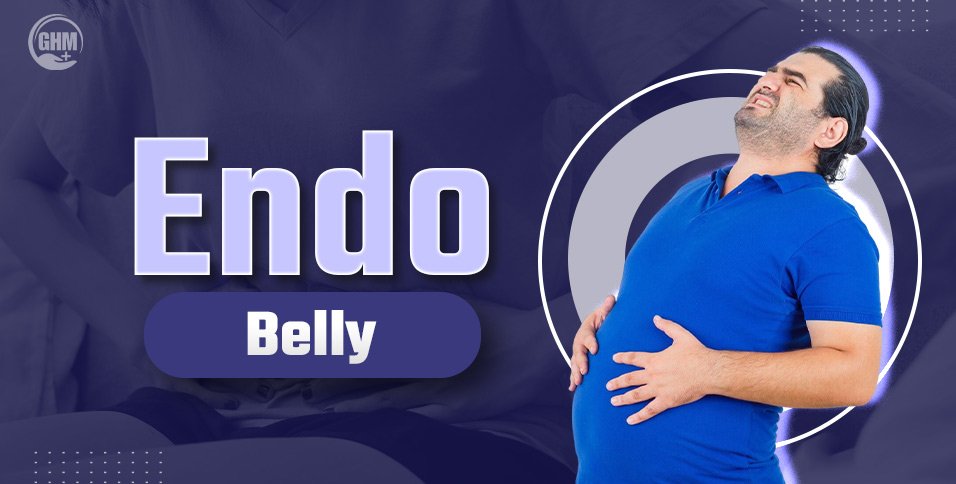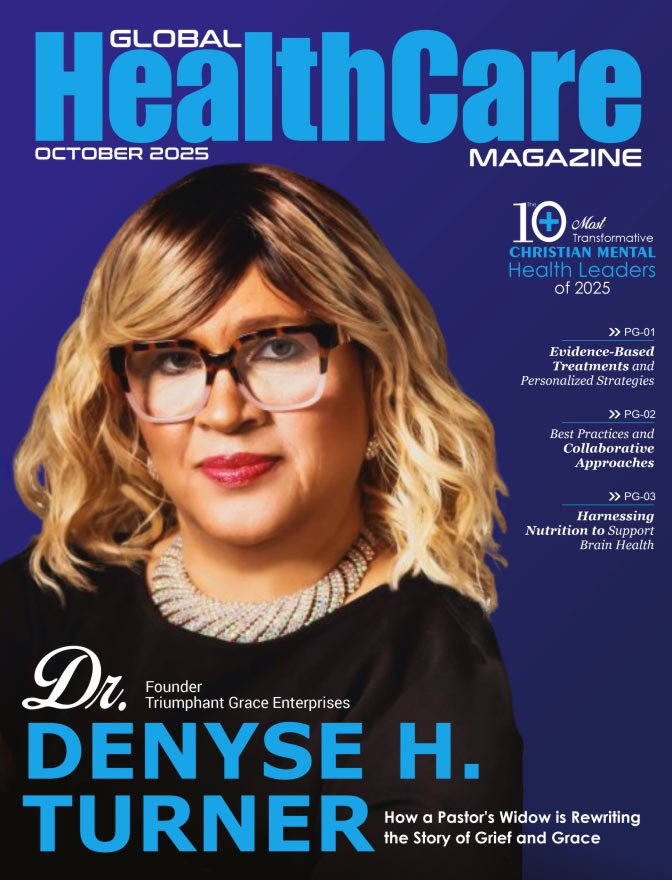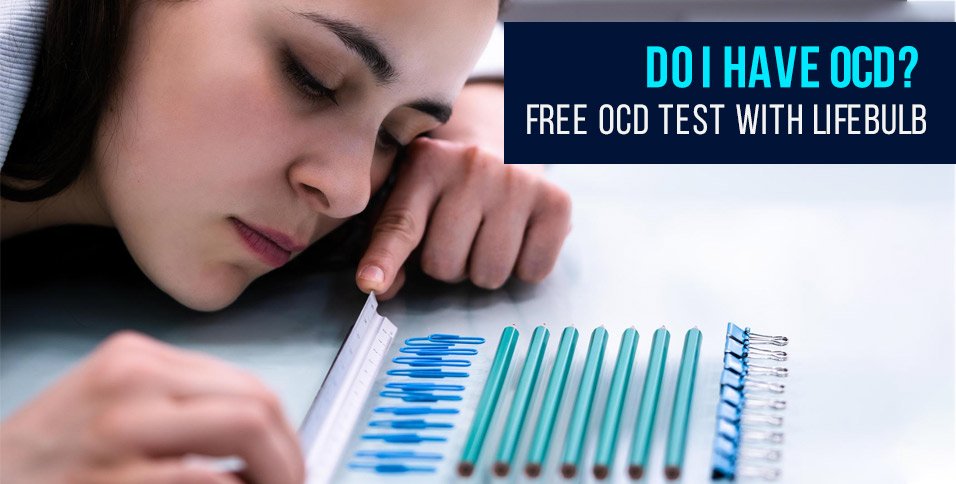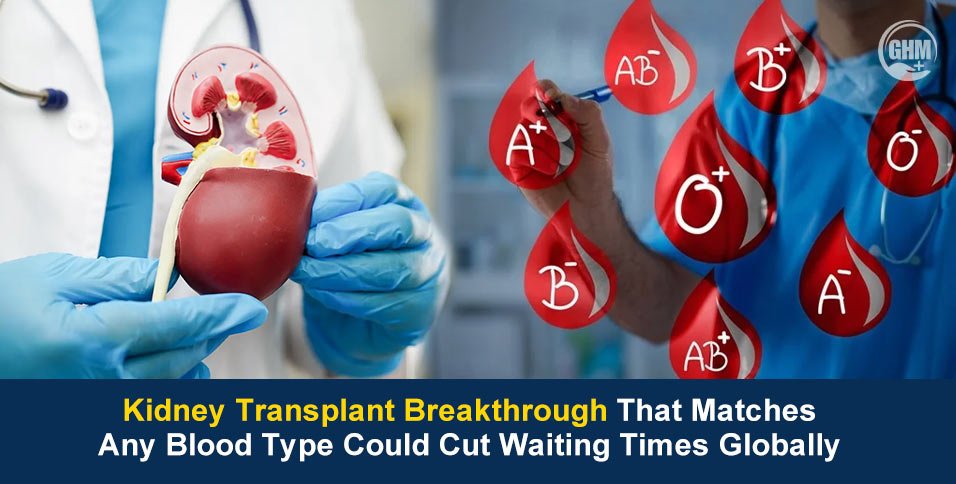It’s a familiar story for many. Your clothes fit perfectly in the morning, but by midday, your abdomen is so swollen and tight that you hardly recognize your own reflection.
This experience is more than simple bloating. It’s a heavy, persistent pressure—a visible, distressing swell that can be painful and disruptive.
If this sounds like your reality, you are in the right place. This condition is known as endo belly. Your experience is valid, and you are not alone in this.
Well, this blog aims to provide the clarity, validation, and practical information you deserve to better understand and manage this challenging symptom.
Here Is Everything You Need to Know About Endo Belly
1. What is the Infamous “Endo Belly”? More Than Just Bloating
It’s important to distinguish Endo belly from typical, fleeting bloating.
Clinically, endo belly is a pronounced abdominal distension directly linked to endometriosis, a chronic inflammatory disease where tissue similar to the uterine lining grows outside the uterus. This misplaced tissue generates persistent inflammation.
This internal inflammation sets off a chain reaction, including water retention and gas buildup, which causes the abdomen to become firm, tight, and visibly swollen. For many, the distension can be significant enough to resemble a pregnancy bump.
The impact is not just physical; it can profoundly affect daily function and self-image. Endo belly is a physical sign of a systemic condition involving the immune system, altered gut motility, and the consequences of chronic inflammation.
2. The Culprits Behind the Swell: What Causes Endo Belly?
What leads to this intense abdominal response? Endo belly arises from the interplay of several disruptive factors.
- Inflammation from Endometrial-Like Tissue
This is the primary driver. The endometrial-like tissue growing outside the uterus responds to hormonal cycles by bleeding and breaking down. Unlike a normal period, this blood and tissue breakdown has no exit path, triggering a strong inflammatory response from the immune system. This leads to fluid buildup, pain, and swelling.
- Digestive Distress (Gas, Constipation)
There is a strong connection between endometriosis and gastrointestinal health. Widespread inflammation can slow intestinal motility, leading to constipation and trapped gas. Furthermore, endometriosis can cause adhesions—bands of internal scar tissue—that may physically obstruct the bowels, compounding digestive issues.
- Hormonal Fluctuations (Especially Estrogen)
Estrogen stimulates the growth and inflammatory activity of endometrial implants. As estrogen levels naturally fluctuate during the menstrual cycle, they can worsen swelling and tenderness. This hormonal sensitivity is why endo belly is often cyclical.
- Pelvic Floor Dysfunction
Living with chronic pain and inflammation can cause the muscles of the pelvic floor to become chronically tight, spastic, and uncoordinated. These muscles support the pelvic organs, and when they don’t function properly, they can contribute to the abdomen bulging outward, intensifying the appearance and discomfort of the swelling.
In essence, endo belly is a multifaceted symptom resulting from chronic inflammation combined with digestive issues, hormonal sensitivity, and musculoskeletal dysfunction.
3. Decoding the Distension: Endo Belly vs. Regular Bloating
While both conditions involve a swollen abdomen, key differences set them apart. Understanding them is crucial for proper management.
| Feature | Endo Belly | Regular Bloating |
| Texture | Often feels hard, firm, and tight to the touch. | Typically feels softer and more malleable. |
| Duration | It can last for hours, days, or even weeks. | Usually resolves within a few hours. |
| Accompanying Pain | Frequently associated with significant pain—dull, sharp, or stabbing—that may radiate to the pelvis and back. | May cause mild discomfort or a feeling of fullness. |
| Triggers | Linked to the menstrual cycle, stress, and specific inflammatory foods. | Mostly caused by overeating, eating quickly, or specific foods. |
| Other Symptoms | Characterized by pressure, heaviness, and a visible ‘endo baby bump,’ and may worsen with constipation. | Primarily involves mild bloating, sometimes with gas or mild cramps. |
Regular bloating is a temporary digestive event. Endo belly is a clinical sign of an underlying systemic disease.
4. The Post-Hysterectomy Puzzle: Endo Belly’s Persistence
Many hope that a hysterectomy (surgical removal of the uterus) will resolve their endometriosis symptoms. While it provides relief for some, it can be disheartening when endo belly persists or recurs.
There are several reasons this can happen:
- Residual Endometrial Tissue: Even with meticulous surgery, microscopic or deeply embedded implants can be missed and continue to generate inflammation. Complete excision is challenging, particularly when the bowel or bladder is involved.
- Hormone Replacement Therapy (HRT): Following a hysterectomy with ovary removal, HRT may be prescribed to manage menopausal symptoms. However, the estrogen in HRT can potentially stimulate any remaining endometrial tissue, leading to a recurrence of symptoms like abdominal swelling.
- Surgical Adhesions: Any abdominal surgery can result in adhesions (scar tissue). This scar tissue can tether organs like the intestines, worsening constipation and causing persistent digestive symptoms that mimic endo belly.
If endo belly continues after a hysterectomy, it is not a personal failure or a sign that the surgery was unsuccessful. It indicates that root causes like inflammation or mechanical gut issues may still be present.
5. Your Roadmap to Relief: Proven Strategies to Soothe Endo Belly
Fortunately, a multi-pronged approach can effectively manage endo belly by addressing inflammation, gut health, and nervous system regulation.
- Adopt an Anti-Inflammatory Diet
A diet rich in omega-3 fatty acids and antioxidants can help reduce systemic inflammation. A Mediterranean-style eating pattern is an excellent model, emphasizing leafy greens, berries, fatty fish, nuts, and seeds.
- Consider a Short-Term Low-FODMAP Diet
Used as a diagnostic tool under professional guidance, a low-FODMAP diet can help identify specific food triggers for bloating. It involves the temporary removal of certain fermentable carbohydrates to see if symptoms improve. It is best implemented with a dietitian and is not intended as a long-term solution.
- Incorporate Gentle Exercise like Yoga & Walking
Low-impact movement can improve circulation, support healthy bowel function, and reduce pain without overexerting the body. Yoga and walking are particularly beneficial for reducing stress, easing muscle tension, and alleviating bloat.
- Prioritize Stress Management
Chronic stress is known to worsen inflammation, pain perception, and digestive symptoms. Integrating daily stress-reduction techniques—such as mindfulness, deep breathing exercises, or meditation—can help regulate your nervous system.
- Use Complementary Aids: Peppermint and Ginger Tea
Peppermint tea contains natural antispasmodic properties that can help soothe gut muscles and reduce gas. Ginger tea offers well-documented anti-inflammatory effects, which can help ease both pain and nausea.
My Opinion
Let us be super clear: endo belly is not ‘just bloating.’ It signifies a systemic, inflammatory process rooted in endometriosis that impacts digestion, hormones, and musculoskeletal function. Decades of research and patient care converge on a single truth: for lasting relief, we must adopt a holistic, expert-guided approach. This means integrating evidence-based medical therapies with personalized nutrition, regular gentle movement, targeted gut and pelvic floor support, and stress management. Only by treating the root inflammation and respecting the interconnectedness of body systems can we truly improve the quality of life for individuals facing endo belly.
Here Are Some Tips to Prevent Endo Belly & Boost Immunity
Beyond the primary strategies, these tips can offer additional support.
- The Power of Magnesium for Muscle Relaxation and Inflammation
Magnesium is a key mineral that functions as a natural muscle relaxant, which can help reduce uterine and intestinal cramping while also helping to regulate inflammatory responses. A diet rich in magnesium (leafy greens, nuts, seeds) or a quality supplement (used under medical supervision) can help lessen abdominal tension.
- Mastering Mindful Eating to Leverage the Gut-Brain Axis
The way you eat can be as important as what you eat. Eating slowly and paying attention to your body’s fullness cues helps activate the parasympathetic ‘rest and digest’ nervous system state. This practice improves digestion and can reduce gut discomfort.
- A Simple Guide to Gentle Abdominal Massage for Gas Relief
Regular, gentle abdominal massage can stimulate circulation and peristalsis (the natural muscular contractions of the intestines), helping to relieve trapped gas and decrease pain. Use circular motions, moving from the lower right abdomen, up and across, and then down the left side.
- Harnessing Dandelion Root Tea for Liver Support and Hormone Regulation
The liver is central to detoxification and metabolizing hormones, including estrogen. Dandelion root tea can support liver health and bile flow, which aids in the efficient processing of estrogen. Proper liver function is important for overall hormonal balance.
- Prioritizing Gut-Soothing Nutrients Like L-Glutamine and Zinc
L-glutamine is an amino acid that helps maintain the integrity of the intestinal lining. A strong gut lining can mitigate inflammatory responses common in endometriosis. Zinc is another crucial nutrient that supports tissue repair and immune function. Together, they promote gut health.
If this article has provided you with valuable answers or made you feel understood, consider sharing it with your friends, family, and social communities. You could offer someone else the gift of understanding or the first step on their road to relief. Together, we can raise awareness, reduce stigma, and ensure that no one facing endo belly feels isolated.
FAQs
- What does an endo belly feel like?
Endo belly often feels like an unyielding band of tightness and pressure around the lower abdomen. The area can feel hard, swollen, and tender to the touch. The associated pain varies; it can be a dull, persistent ache or a sharp, stabbing sensation that radiates to the back or pelvic floor. The swelling can become pronounced enough to affect posture and clothing choices.
- When does endo belly happen?
The onset is often cyclical, worsening in the latter half of the menstrual cycle and during menstruation when hormonal changes peak. For some, however, endo belly is a near-daily issue that can flare up in response to certain foods, stress, or other triggers, even between periods. This unpredictability can add to its physical and emotional burden.



















